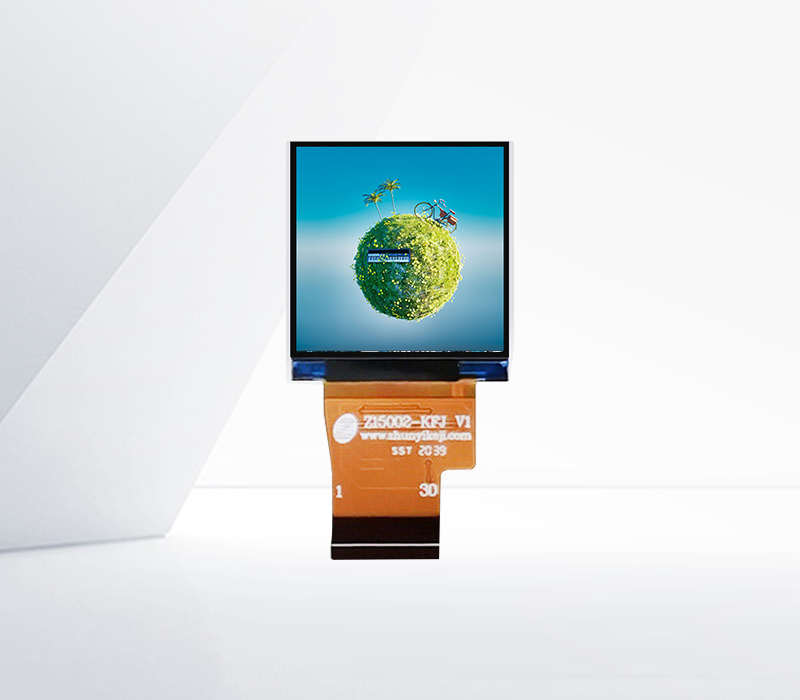




LCD displays are widely used in various electronic devices, and ensuring their quality is crucial. One important aspect of LCD quality inspection is the detection of dark spots. A dark spot on an LCD display can be caused by a variety of factors, such as a defective pixel or a problem with the backlighting.
To detect dark spots on an LCD display, specialized equipment and techniques are used. One common method is to use a dark room environment and shine a bright light on the display. Any dark spots will be easily visible against the bright background. Another approach is to use automated inspection systems that use cameras and image processing algorithms to detect and analyze defects on the display.
LCD dark spot detection displays are designed specifically for this purpose. These displays often have high-resolution screens and advanced image processing capabilities to accurately detect even the smallest dark spots. They may also have features such as adjustable brightness and contrast, zoom functions, and color filters to enhance the visibility of defects.
detecting dark spots, these displays can also be used to evaluate the overall quality of an LCD display. For example, they can be used to check for uniformity of brightness and color, as well as the presence of other types of defects such as dead pixels or lines.
The use of LCD dark spot detection displays is essential for manufacturers and quality control professionals to ensure that LCD displays meet the highest quality standards. By detecting and addressing dark spots and other defects early in the production process, manufacturers can reduce waste, improve product quality, and enhance customer satisfaction.
